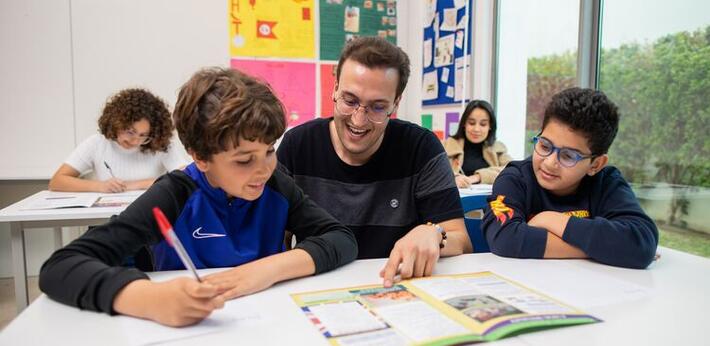You are here
Home ›21/08/2016
Malaysia Education Blueprint 2013-2025 ‘report card’ out
The Ministry of Education Malaysia released the 2015 annual report for the Malaysian Education Blueprint 2013-2025 earlier this month, highlighting the achievements of the Blueprint’s first wave which covers the first two years of implementation from 2013-2015. The objectives of the first wave were to ‘turn around the system by supporting teachers and focusing on core skills’.
The Ministry was reported to be very pleased with the progress made, noting that many key milestones have been achieved. Some of the key achievements identified were:
- Reduction in the urban-rural achievement gap by 31%
- Improvement in English literacy (from 63% in 2013 to 94% in 2015) in primary school students
- Notable increase in pre-school (from 81% in 2012 to 85% in 2015) and primary school enrolments (from 96% in 2012 to 98% in 2015)
Other achievements include the inclusion of higher order thinking skills into the school curriculum, improved quality of teachers via targeted trainings, improved placements in school leadership vacancies, improvement of level of unity in schools and the upgrading of ICT infrastructure in schools.
Launched in 2013, the Malaysia Education Blueprint 2013-2025 aims to transform the education system in Malaysia. Five aspirations form the basis of the Blueprint and they include access, quality, equity, unity and efficiency. The transformation plan is projected to take place over 13 years, the first wave from 2013-2015, second from 2016-2020 and final from 2021-2025.
The second wave of the Blueprint will be a crucial four years as the nation moves towards the ambition of a high income country. The focus of the second wave would be to introduce structural changes to ‘accelerate system improvement’, leveraging on the achievements of the first wave. Key performance indicators will include:
- 50% reduction in urban-rural gap and 25% reduction in socio-economic gender gap
- Malaysia’s performance in the next TIMMS and PISA assessments to be at par with international average
- 100% in pre-school to secondary school enrolments
Commentary by Jennifer Wan, British Council Malaysia
When the Blueprint was first launched, it received many critiques despite it having gone through various consultations with international agencies and stakeholders. The main concerns were that the aspirations and targets are too ambitious, doubts on how ‘unity’ can be achieved and whether English proficiency can be achieved with the reversal of the teaching of Science and Maths from English to Malay.
Based on the findings of the 2015 annual report, however, these ‘concerns’ seemed to be unfounded, at least for the key indicators that were being measured. Despite the performance, there are still a lot of achieve prior to the year Malaysia is expected to become a high-income nation. More initiatives have been put into place, such as the inclusion of ICT and higher order thinking skills in school curriculum, renewed focus on children with special education needs and development of early childhood educators. Malaysia’s performance in the next cycle of TIMMS and PISA will also be closely scrutinised by the sector, as these are the international benchmarks in measuring student performances and outcomes.






